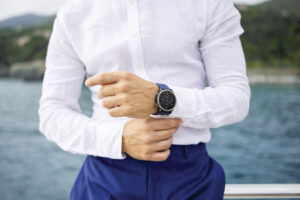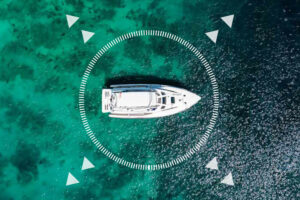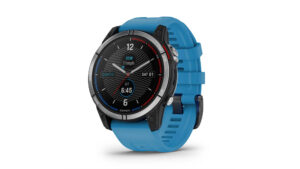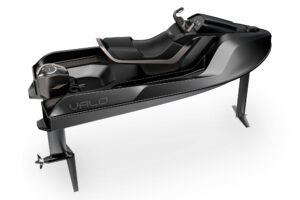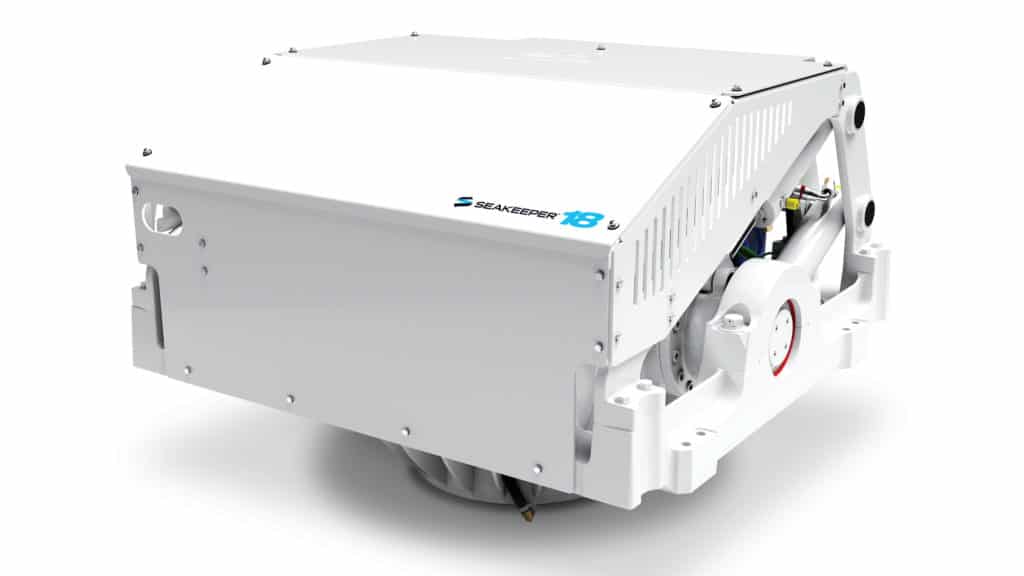
Andrew semprevivo knows boaters are a little confused. While some of Seakeeper’s competitors describe gyrostabilizers in terms of torque, he prefers to discuss angular momentum because he thinks it’s ultimately more important for comfort on the water. The problem is, a lot of people have no idea what angular momentum is.
So, a quick lesson: A gyro moves fore and aft and releases torque. The faster the gyro moves, the higher the amount of torque, but it has less time to apply that torque because the motion is going so fast. The goal is to allow the torque to be applied for as long as the boat’s roll motion is happening—which is where angular momentum comes in.
“Let’s say the boat rolls four seconds; you don’t want to apply all that torque in one second,” Semprevivo says. “You want to time the gyro to match the roll rate of the boat. The higher the angular momentum, the more torque you can apply over that time period.”
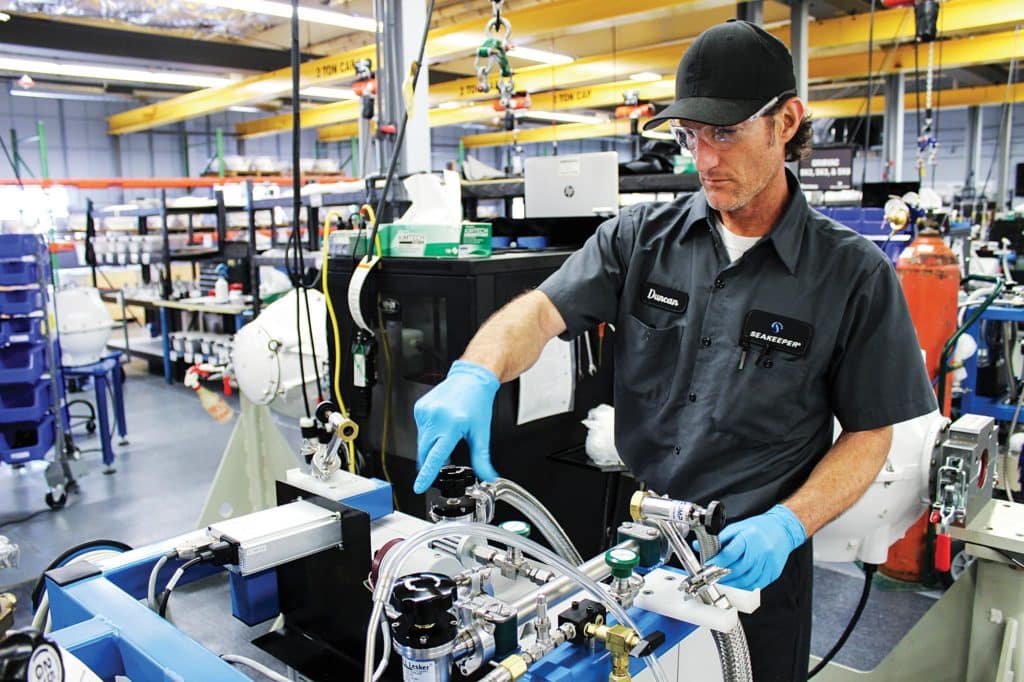
Put another way, more angular momentum means a Seakeeper unit will work better for longer, which is what Semprevivo says the company has achieved with the Seakeeper 18 for boats from 65 to 75 feet long.
“What it really means is that we can put this gyro on a bigger boat and get the same level of roll reduction we were getting with the Seakeeper 16,” he says. “Or you can get the same amount of stabilization on the original boat in rougher conditions.”
Which, apparently, boaters want to do. Semprevivo says that when Seakeeper was founded in 2002, owners were thrilled to reduce roll by 50 percent. Then, yachtsmen wanted 60 percent. Then 70 and 80.
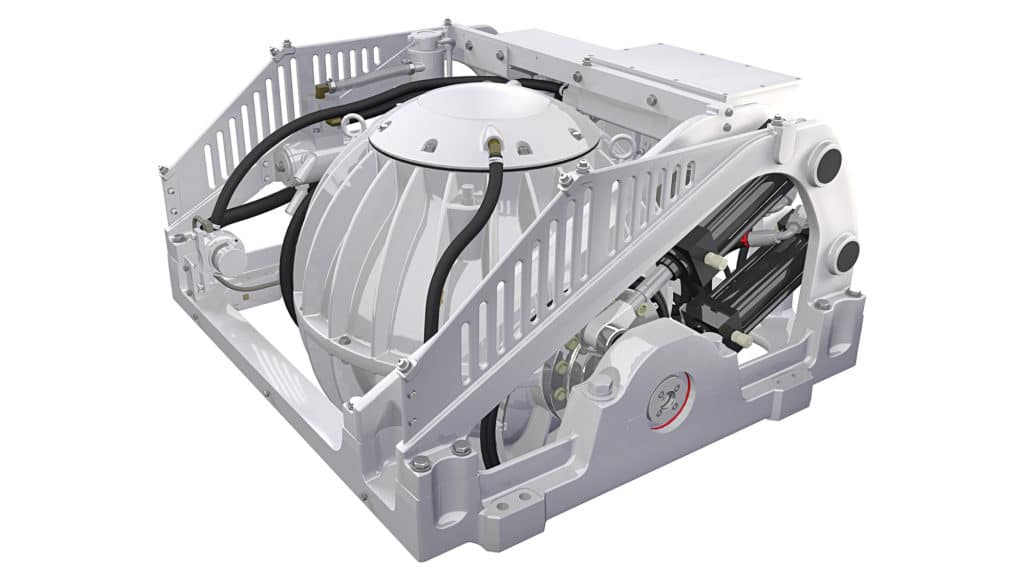
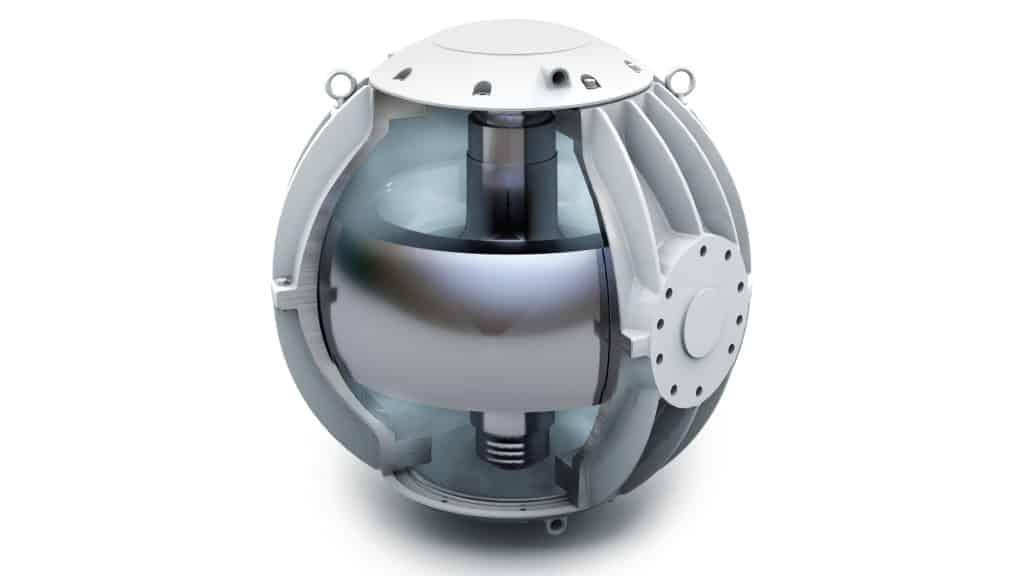
“Now, people want to go on the boat and have no roll,” he says. That’s not currently possible—today’s systems need a little motion to follow wave contours—but the Seakeeper 18, he says, can reduce roll by as much as 95 percent. To most people, that feels like being tied up at the dock.
Semprevivo says Seakeeper tested the new units in the North Sea in 6- to 8-foot waves. The units, he says, reduced about 80 percent of roll. “But if you put in a big enough gyro with enough angular momentum, you could reduce it by 95 percent, even in those conditions,” he says.
As recreational boaters continue to ask for more stabilization, he adds, Seakeeper will keep working to provide it: “It’s pushing this product to levels that even we didn’t think were possible. We were thrilled at 60 percent. We thought that was the bar—that was 10 years ago.”

